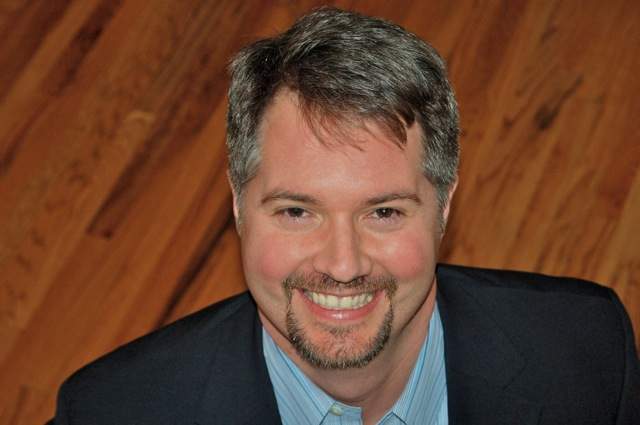The S&P 500 recovered in 4 1/2 years from the 2008/ 2009 recession.
It took nearly 4½ years, but the cumulative wealth of an S&P 500 strategy with dividends reinvested finally reached an all-time record (measured on a month-end basis) in March 2012, and finished the year 3.3% above the previous high-water mark set in October 2007. Results were slightly better for a small-company Russell 2000 strategy: As of December 2012, cumulative wealth was 8.5% higher than the previous peak in May 2007.
The table below shows how many years were required to achieve a new high in terminal wealth during some of the major market cycles in the past. Although many investors have expressed frustration with stock market fluctuations in recent years, the time required to recover losses from the peak in October 2007 appears broadly consistent with past cycles. We can draw some measure of solace in acknowledging that past generations of investors often found their patience sorely tested, as well.
Market Cycles Based on Month-End Value of S&P 500 Index with Reinvested Dividends
| Peak Month | Trough Month | Loss at Trough | Recovery Month | Years to Recovery |
|---|---|---|---|---|
| Oct 2007 | Feb 2009 | –50.9% | Mar 2012 | 4.4 |
| Mar 2000 | Sep 2002 | –43.8% | Oct 2006 | 6.6 |
| Aug 1987 | Nov 1987 | –29.5% | May 1989 | 1.8 |
| Dec 1972 | Dec 1974 | –37.2% | Jun 1976 | 3.5 |
| Dec 1961 | Jun 1962 | –22.3% | Apr 1963 | 1.3 |
| Feb 1937 | Mar 1938 | –50.0% | Mar 1944 | 7.1 |
| Aug 1929 | Jun 1932 | –83.4% | Jan 1945 | 15.4 |
Every year brings its share of surprises. Perhaps the biggest surprise of 2012 was the strength in stock and bond prices around the world despite a steady stream of discouraging news events. Individual investors and professionals alike were often flummoxed by markets that failed to behave in accordance with their pessimistic assessment of the future.
Download the entire report and commentary from Weston Wellington (DFA) A look back at 2012 by Weston Wellington DFA
We should all focus on the core activities that we can control and avoid the short term noise of the markets. Have a plan and stick to it.
1) Work with a fee only Fiduciary who has a legal obligation to put your interest first. Many advisors do not have this legal obligation.
2) Control factors that matter most. Reduce fees, taxes, turnover, transaction costs and eliminate market timing. Focus on asset allocation and work with an advisor that charges 1% or less for $500k or more. Complexity = Confusion = High Costs = Bad outcomes for you, the Investor.
3) Most actively managed mutual funds fail to beat their index over extended periods. Focus on passive investing and asset allocation. Not chasing hot returns.
4) You may need to do all of the above and save more to hit your retirement goals. Have a plan for your risk tolerance.
5) Get a 2nd opinion from a fee-only Fiduciary. Someone who has a “legal loyalty” to put your interest first. Give us a call at 303-549-4720.
Who we are:


Subscribe To Our Blog! We helpClients retire without getting killed in taxes!
Free tools & Checklists! Your Retirement will thank you!
Free & valuable information to help you maintain your lifestyle in retirement. We cover Vanguard indexing, DFA and factor investing (value, small cap, high profit, momentum). Free tools & market insights.
See why you may need a low-cost, fee only Advisor who is a fiduciary for you 100% of the time.
You have successfully subscribed. Thank you! Here are some free resources - Video - A note from your future self - https://youtu.be/HKMYTLyhOGU 5 Free Checklists That May Save You Thousands – Really! Countless people need help in these areas. Checklists include: end of year tax planning, funding a child's college education, caring for aging parents, items to consider before you retire, critical documents to keep on file. Please like & share with family & friends. You can download the PDFs for free. https://www.integrityia.com/5-free-checklists-that-may-save-you-thousands-really/